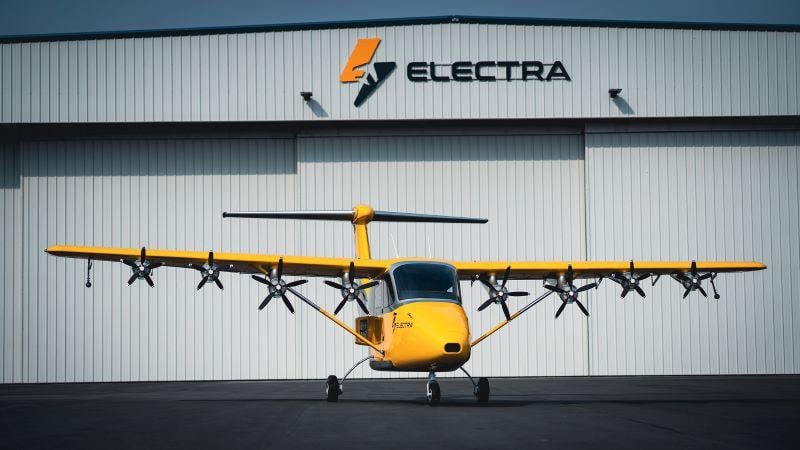
Electra technology demonstrator
Credit: Electra.aero
Electra.aero has unveiled the technology demonstrator for its hybrid-electric ultra-short-takeoff-and-landing aircraft. The piloted two-seat demonstrator is set to fly this year to test the blown lift aerodynamics and short-field performance of its design. Based in Manassas, Virginia, Electra is...
Subscription Required
This content requires a subscription to one of the Aviation Week Intelligence Network (AWIN) bundles.
Schedule a demo today to find out how you can access this content and similar content related to your area of the global aviation industry.
Already an AWIN subscriber? Login
Did you know? Aviation Week has won top honors multiple times in the Jesse H. Neal National Business Journalism Awards, the business-to-business media equivalent of the Pulitzer Prizes.





